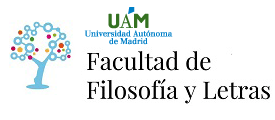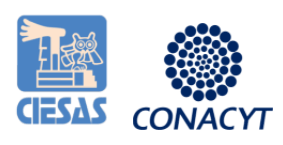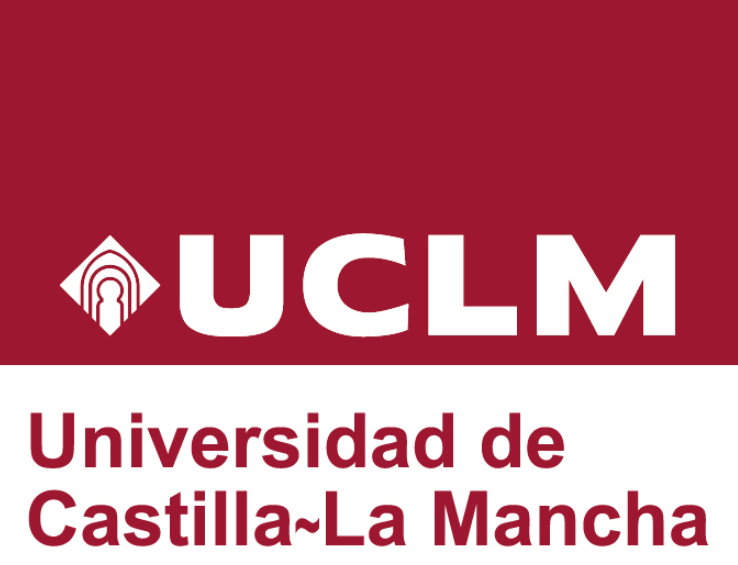Mission and tradition: types and meanings of Catholic events in urban spaces
The presence and visibility of Catholics in Madrid is shaped by recent religious history, local trends on religious governance as well as the growth of religious pluralism in the city. Since Catholics are the major religious group (57,8% of local population) in a historically Catholic country, giving the denomination a constant urban presence in time and space through monumental heritage and cultural legacy, the denomination can be identified as the “ambient faith” (Engelke, 2012) in the city. This position of cultural prevalence brings some symbolic and political privileges over religious minorities but it also means that Catholic costumes and traditions are considered and treated by non religious actors (institutional and informal) as a collective good, not concerned by the Catholic Church doctrine or dispositions. Recently, the Church and laic activists defend a new approach based on John Paul II “New Evangelization” call, according to which, Catholic urban visibility and presence must be recovered from the ambiguity of tradition and displayed as a confessional mission reframed by concepts like postsecularism (Habermas 2009) and religious citizenship (Hudson 2003). This communication will explore six events in the urban public space that perform this conflict between mission and tradition.
(*)El autor o autora no ha asociado ningún archivo a este artículo









